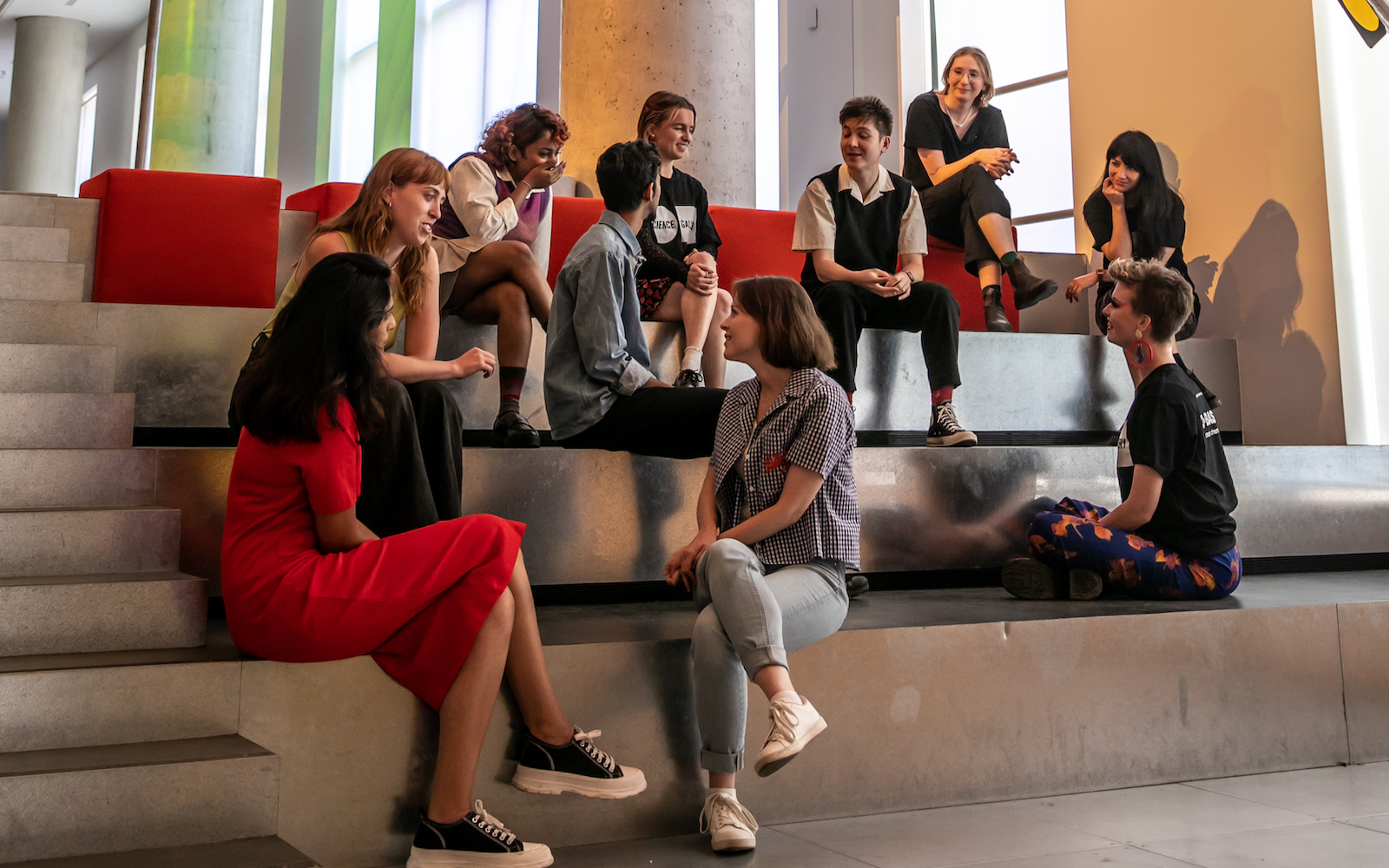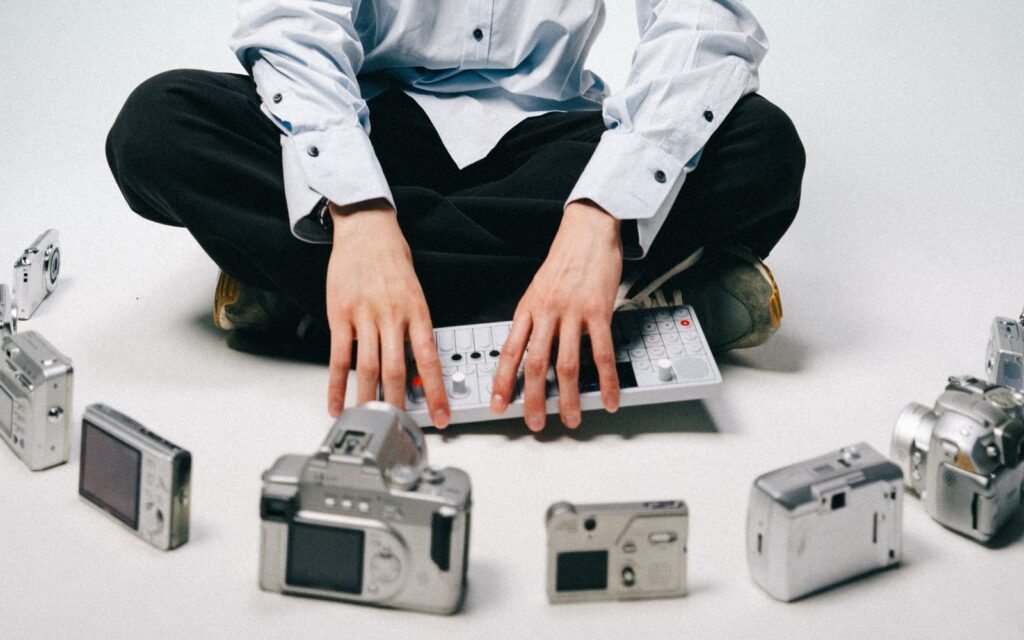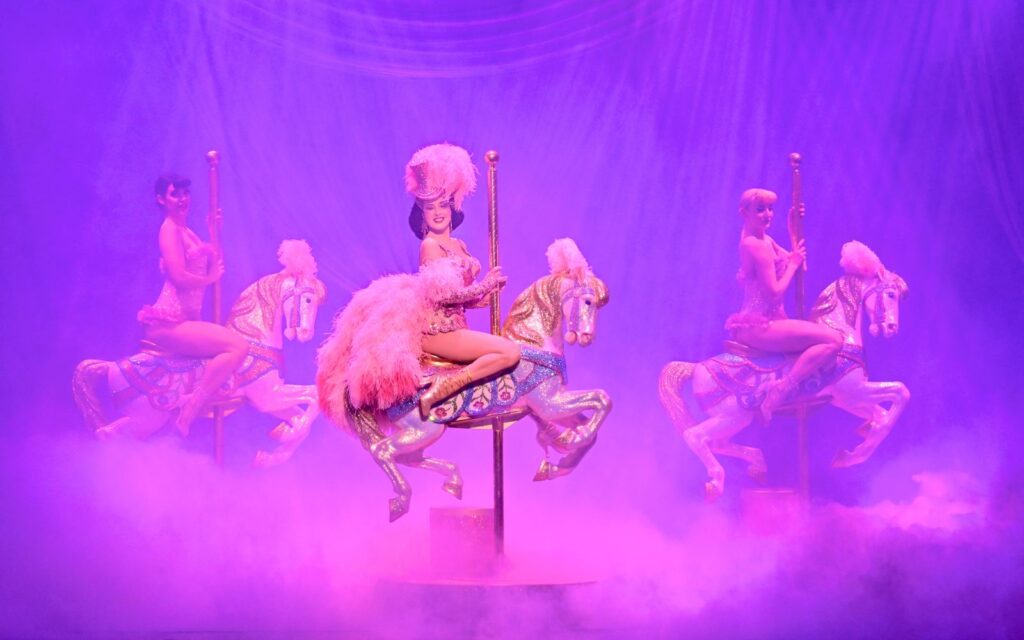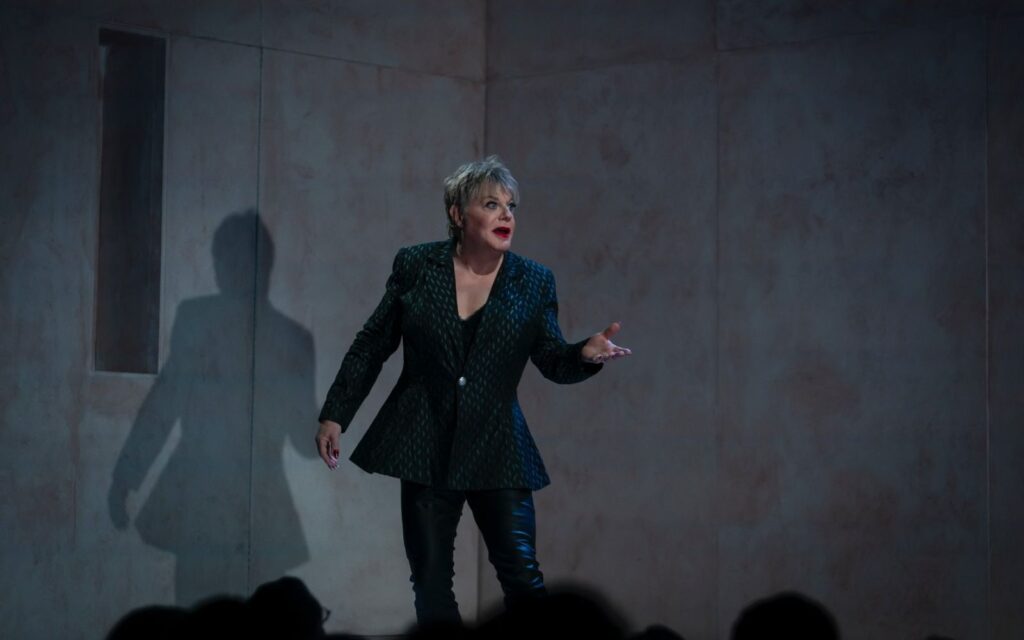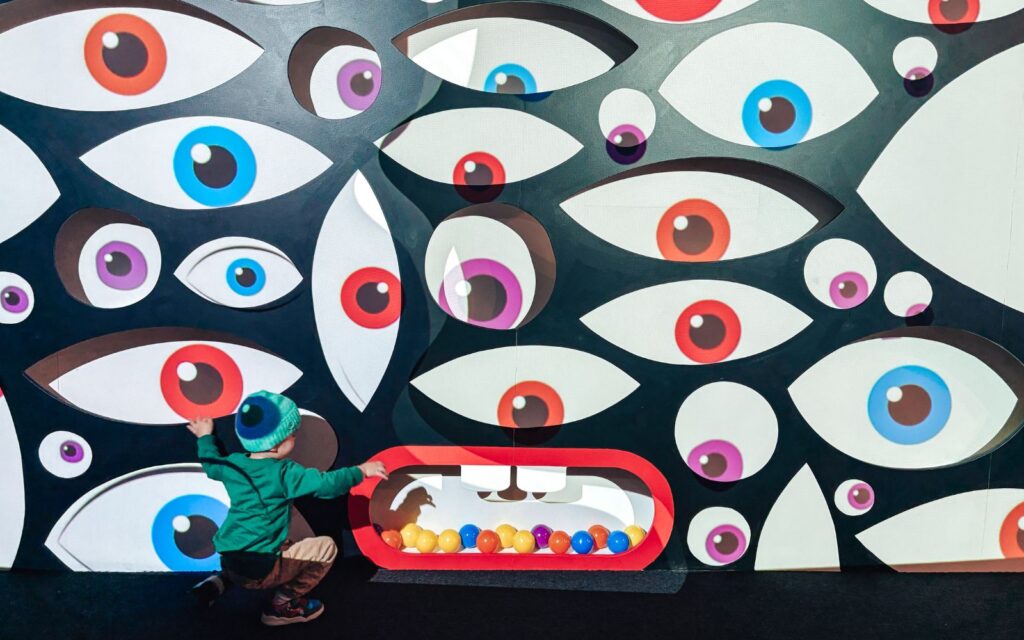Science, art, and technology come together in Science Gallery Melbourne’s latest exhibition to explore questions of gender, identity, and sexuality.
A show like BREAK THE BINARIES would have hardly been conceivable a few decades ago. The fact that this exhibition is taking place in Melbourne today – not least of all in our Science Gallery – shows that we have made significant progress as a society in acknowledging and celebrating gender diversity.
Originally commissioned by Science Gallery London (in collaboration with King’s College London), BREAK THE BINARIES is a kaleidoscopic exploration of identity and gender. Art, science, and personal narratives come together in this interdisciplinary exhibition to present new perspectives on society’s binary codes.
Explore Melbourne’s latest arts and stage events, exhibitions, productions and performances here.
For Dr Ryan Jefferies, Director at Science Gallery at the University of Melbourne, this exhibition is a reminder that diversity and inclusion is everyone’s responsibility and that transformative social change always begins with the community. “Allowing people to live in an environment where they’re not discriminated against is so crucial,” Jefferies tells me before we step into the exhibition. “It’s an underpinning narrative of this show.”
When we enter the exhibition space, the first work that captures my attention is WAYFINDING, a collaborative project led by Melbourne-based artists George Goodnow and Simona Castricum. This project considers our relationship to built urban environments and explores the possibility of a world that radically affirms queer and trans perspectives.
View this post on Instagram
“We’re playing off signage that you would see in the street,” explains Castricum. “We build these cognitive mind maps from a very early age and we’re thrust into this very straight, male/female world.”
Goodnow and Castricum’s project challenges these urban markers by spelling out, quite literally, an alternative message – one that puts queer and trans perspectives first. Walk closer to the signs and you’ll be able to make out the message that the artists are trying to share with the world: “It took a radical dream to find your way here; radical belief makes queer futurity possible.”
As with all Science Gallery Melbourne exhibitions, BREAK THE BINARIES was developed in collaboration with a Curatorial Panel of young people.
“I think young people are leading the way in breaking [these binaries] down,” Jefferies remarks. “We really want to step into that space and be welcoming around that.”
Enter BUGS AGAINST THE BINARY, a project created by 18-year-old artist Lauri Pavlovich. Drawing upon examples from the natural world, Pavlovich’s dioramas contain living bugs and insects that challenge conventional perspectives of sex and gender. There’s a hermaphroditic snail, a feminist phasmid, and a fluorescent scorpion – all living and breathing inside a cluster of glass tanks located at the back of the exhibition space.
“Lauri came through our School’s Program as a high school student and put in a submission through the open call,” Jefferies explains. “Again, it’s about centering around younger people and providing them with opportunities [to share their experiences and perspectives].”
View this post on Instagram
One of the most compelling and thought-provoking works in the exhibition is a work that takes the form of an interactive video game. Created by UK artist Danielle Brathwaite-Shirley, WE ARE HERE BECAUSE OF THOSE WHO ARE NOT is an immersive work that invites visitors to enter a world built for and built by Bla(c)k Trans people based in the UK and Australia.
When I sit down in the gaming chair for the first time, I am given a set of terms and conditions. “You must agree to centre Black Trans people and use your privileges to help them,” declare the words on the screen. “This is not a place where we make you feel better! Your actions will tell us if you stand in support of our existence. Press 1 to agree. Press 2 to decline.”
For Brathwaite-Shirley, the video game format is a powerful way to elicit a sense of responsibility from viewers. “In the interactive format, as you are responsible for what you are seeing, you can’t passively pivot away from strongly political messages or meaning as easily,” says Brathwaite-Shirley. “Your actions begin to have meaning as they affect the game world and the responsibilities become yours to bear, no one else’s.”
“I am very tired of art being just beautiful, consumed, and thrown away,” continues Brathwaite-Shirley. “Many of the messages are lost by the viewer being able to digest the work in their own comfort zone, often ignoring bits of the work that are hard to digest and admiring the portions that speak to them.”
As users wander through Brathwaite-Shirley’s underground world, they are prompted at various points in the experience to acknowledge the privileges that certain identities have or have not provided them. The narratives in the game unfold based on the user’s identity and their individual choices. They become fully responsible for what they see.
View this post on Instagram
WE ARE HERE BECAUSE OF THOSE WHO ARE NOT builds on Brathwaite-Shirley’s ongoing project to preserve the Black Trans narratives that have been forgotten or erased from our historical records and archives. In doing so, Brathwaite-Shirley continuously crafts spaces that affirm, amplify, and enshrine Black Trans individuals and their voices. “People need to know [that] this space is crafted for Black Trans people as a whole. For them, by them, alongside them,” the artist tells me. “The everyday space we walk in is not that.”
As I step out of the virtual streets of Brathwaite-Shirley’s city and step back into the physical streets of Melbourne, I think back to one of the first messages that appeared on the artist’s screen: “We can’t continue to fight with each other. I need you to use your privilege to help us.”
Exhibitions like BREAK THE BINARIES remind us all that there is still much work to be done to destigmatise non-binary and genderqueer experiences.
Ultimately, the point of the exhibition is to build a space in which people are empowered to start having more of these conversations more often. “There’s a lot of seating across the exhibition,” says Arie Glorie, one of the exhibition’s curators. “We hope that people will feel like they’re in a safe space and that they can sit down and have a chat.”
Break the Binaries continues at Science Gallery Melbourne until 17 June 2023. Entry is free. For more information, head here.
